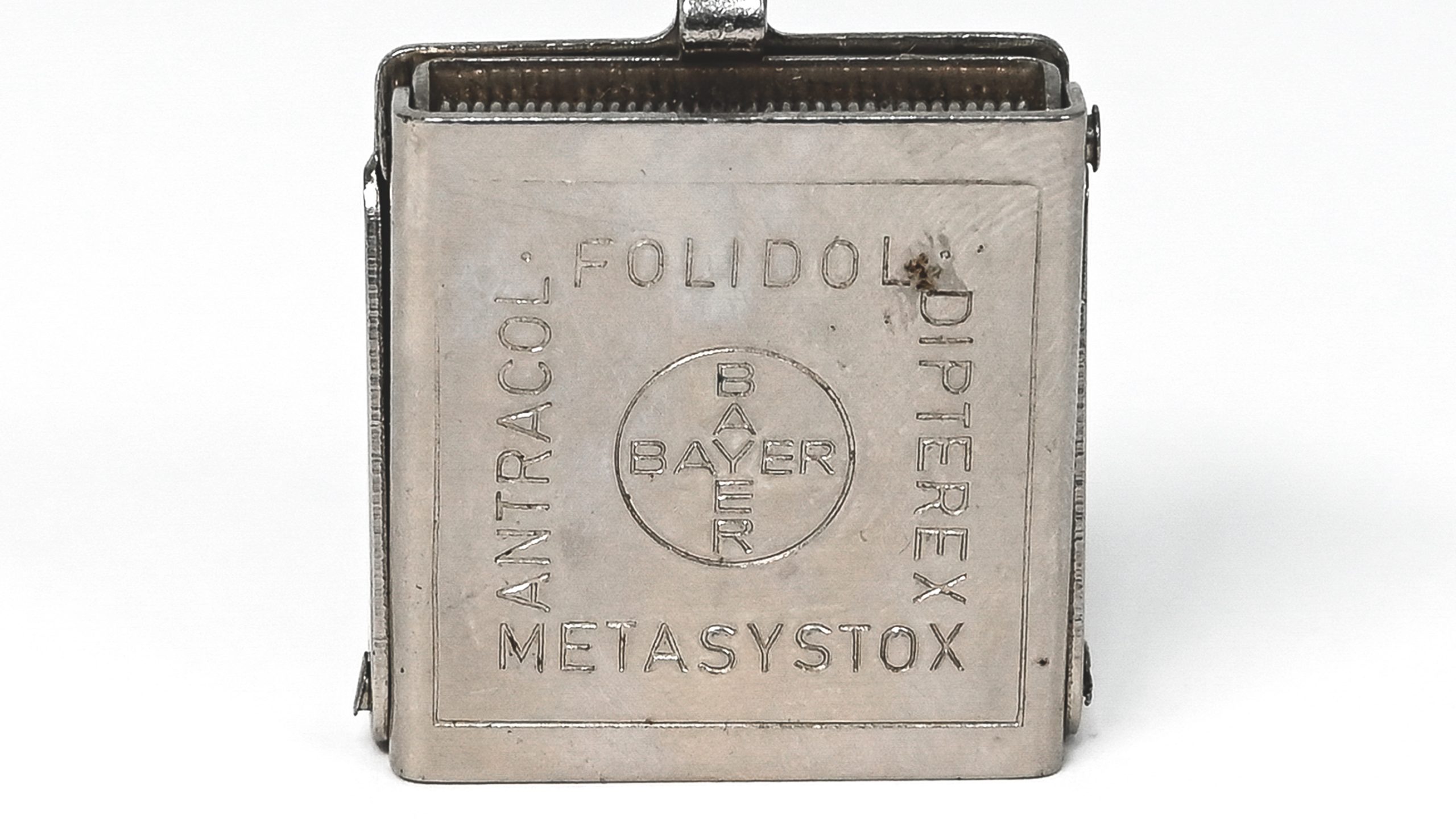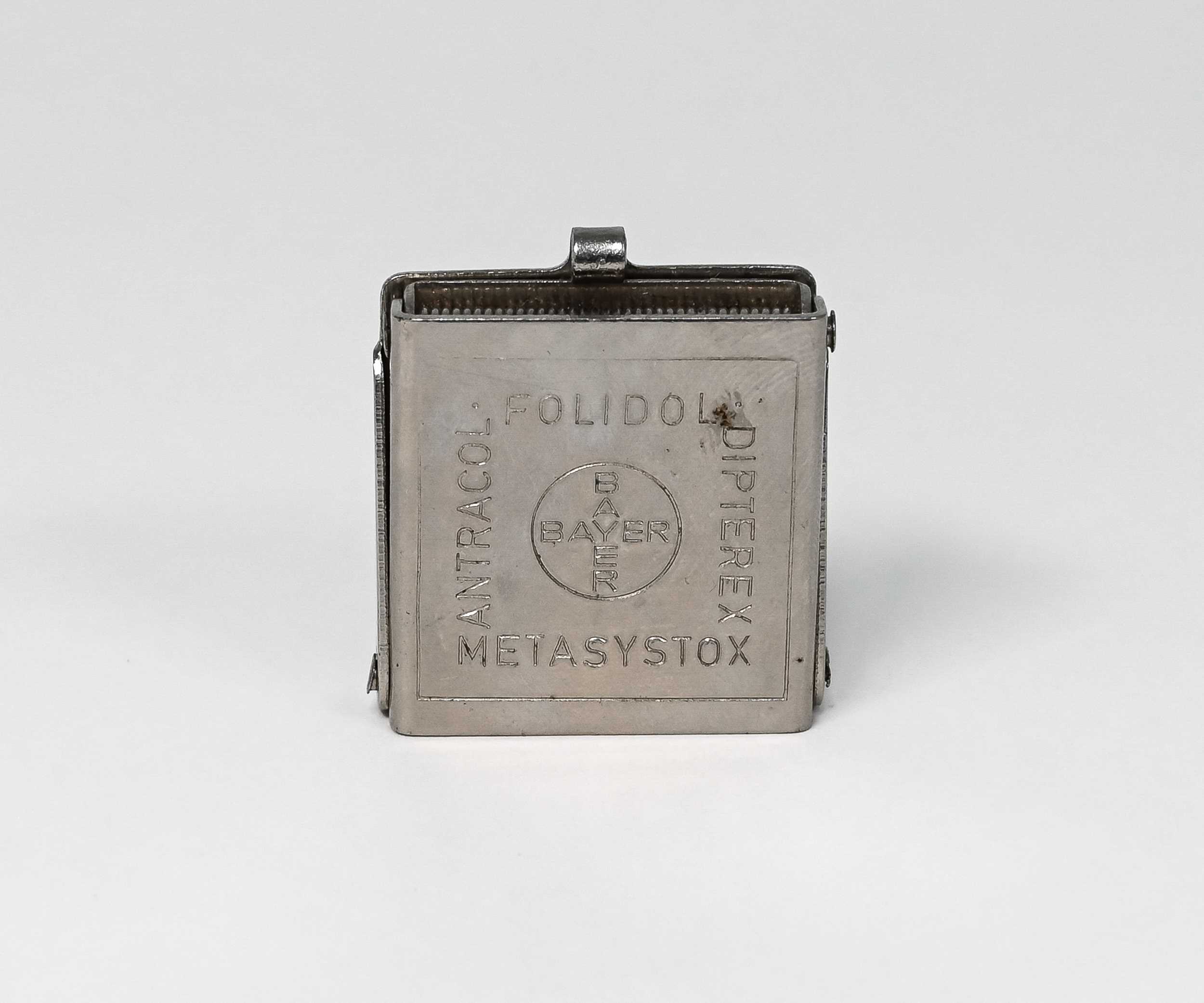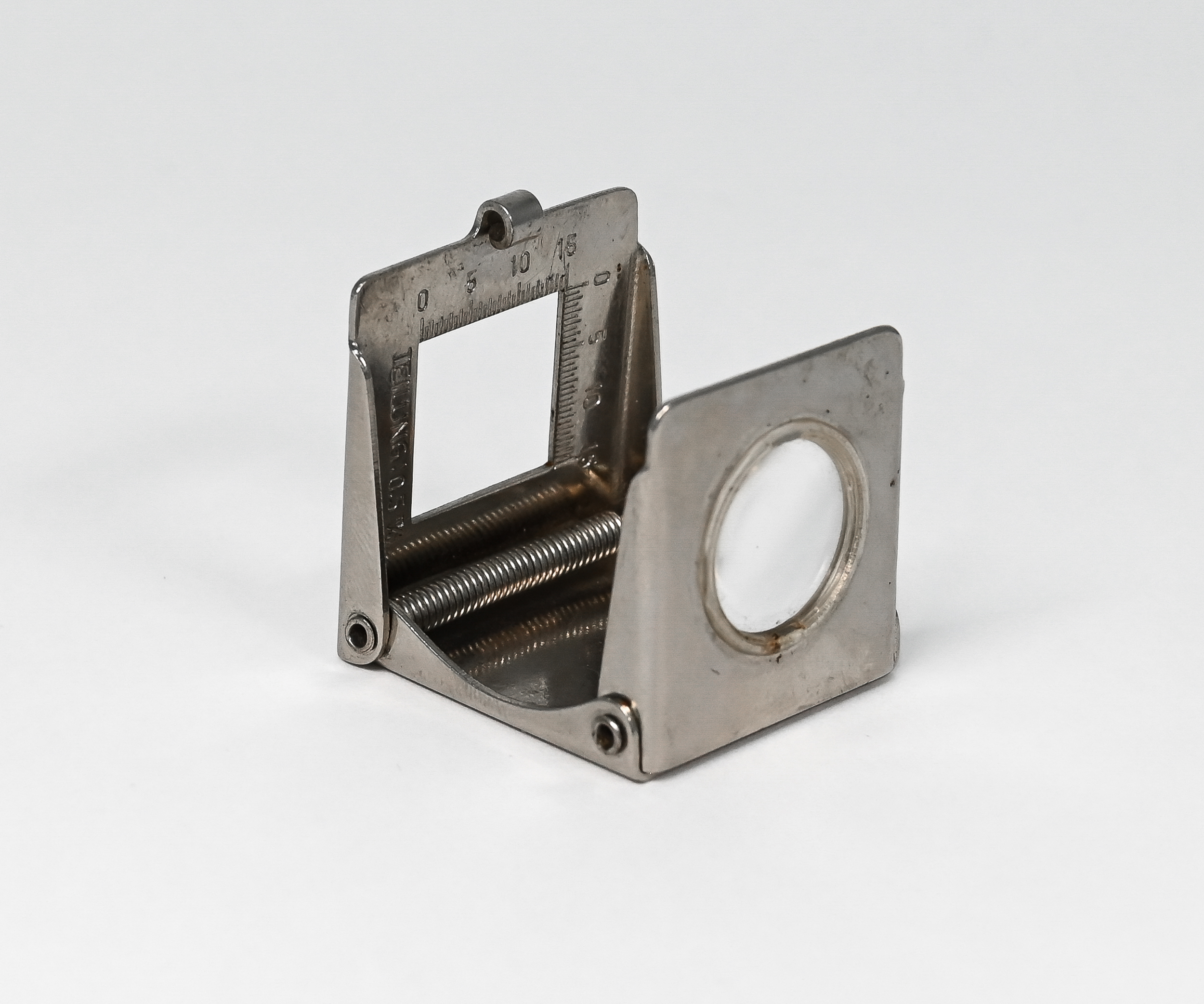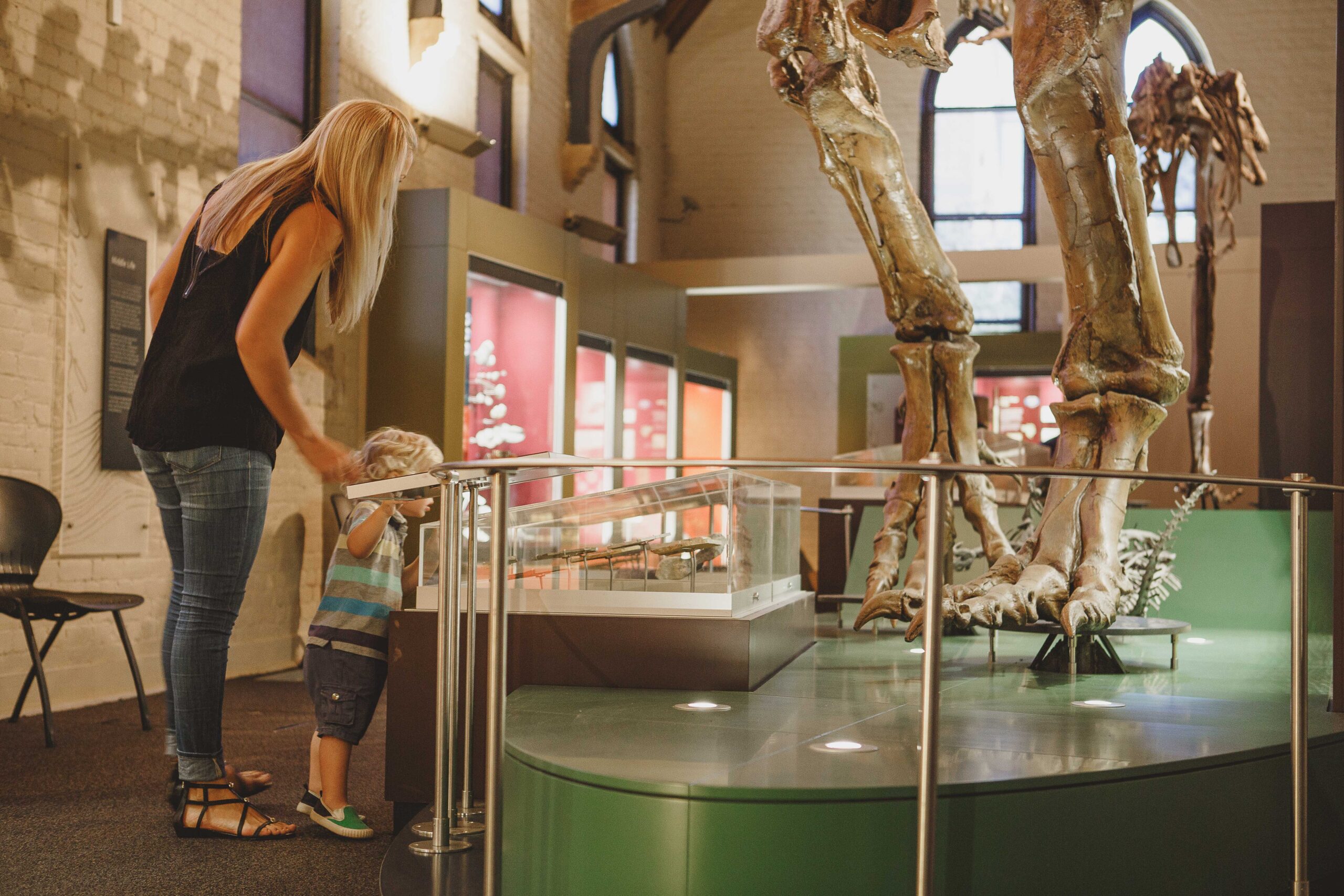Seeing it Through
Warren Somerville, Collector Extraordinaire
While fruit farmers Mr and Mrs Somerville lobbed their tennis ball on dusty courts in the Orange region of NSW, their young son Warren waited patiently and dug around in the nearby rocky ground. Warren later confessed, ‘I found lots of strange looking rocks which I carted home, to my mother’s utter disgust… and gradually filled my bedroom to the roof.’ Among Warren’s specimens, which he stored in his parent’s wooden fruit packing boxes, were 400-million-year-old corals and bryozoans, shellfish, and trilobites.
Around those outback tennis courts in the 1940s, Warren Somerville AM (b. 1938) began a lifetime obsession with collecting. This pocket magnifier, a simple tool that assisted his work, symbolises this story.
Based on a nineteenth-century design, compact tri-fold magnifiers (also known as loupes) were used for many purposes like jewellery making, textile thread counting, and viewing stamps or coins. This example, manufactured by the German pharmaceutical company Bayer and stamped with some of their insecticide options, seems to have been intended for inspecting and identifying insects.
When Warren Somerville obtained this magnifier in the 1960s, he found another use for it – examining and identifying rocks, minerals, gems and fossils. Warren must have used it thousands of times while amassing his collection of 10,000 specimens. These included rare examples he found in childhood and many more from around the world, obtained from dealers at mineral conventions in Tuscon, Arizona.
Intellectually gifted and incredibly focused, Warren Somerville was awarded eight university degrees, taught horticulture at TAFE for 25 years, and managed the Toll Bar Orchard in Orange. But most notably, Warren assembled one of the finest collections of minerals, gems and fossils in the world, now valued at over $15 million.
After sixty years of collecting, Warren generously decided to donate his collection to the Australian Museum, to be displayed permanently for everyone to see at the Australian Fossil and Mineral Museum in Bathurst.






